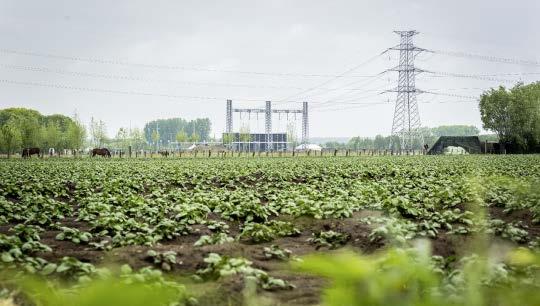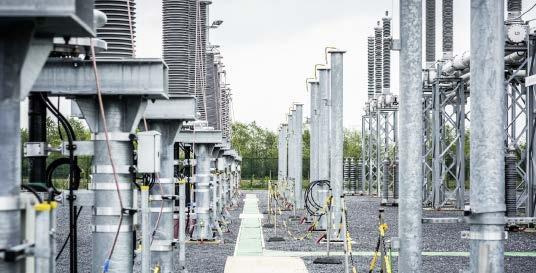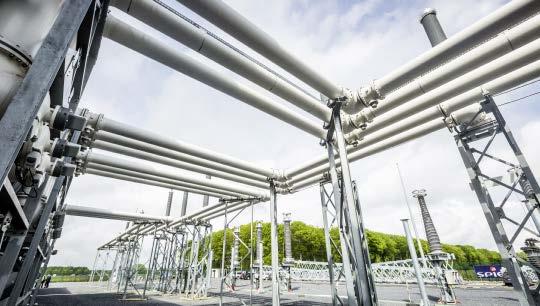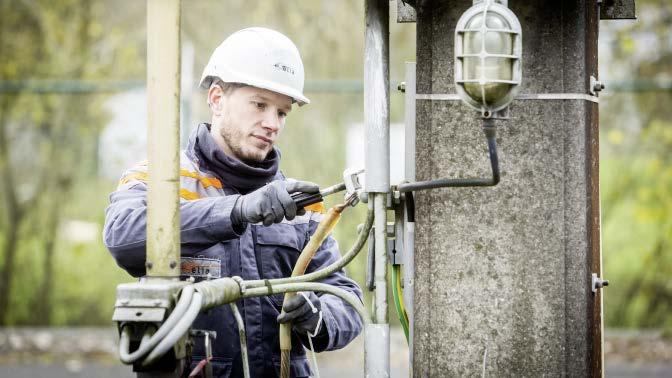
2 minute read
5.1.3. The time to decide is now
Looking back from 2025, investment decisions most likely have to be taken around 2020-2022, depending on the technology. This leaves a window of opportunity of about three or four years to set up alternative market design options and implement them. Although this may seem a lot of time at first sight, today at the end of 2017, there is not yet any certainty on how to move forward and which direction to take. Moreover, once a political decision has been taken on the way forward, sufficient time is needed for putting the necessary legislation in place, determining concrete market rules and actually setting up the new market functioning together with all the stakeholders involved. This is a question of years rather than months and for some market design options it can easily span several years. Last but not least, the EC would have to be notified if there is any mechanism that would entail a kind of support for capacity resources and approval is needed within the framework of European state aid guidelines11. This is not to be taken lightly and although it may partly run in parallel with the conception and implementation of a concrete mechanism, it clearly adds to the overall time needed to put a good solution in place.
Combining on the one hand the concerns regarding timing for both developing new capacity resources and putting a new market design mechanism in place, with on the other hand, the unprecedented supply shock and the likely inability of the current market design to adequately cope without a negative impact on security of supply, can only lead to a single conclusion: the time to decide is now. The political community is called upon to take action fast to deliver by 2025. It is necessary to develop alternative market design options within the term of this government and in due time get in touch with the European authorithies in the context of state aid guidelines. In addition, if some doubt might have arisen on the execution of the legal phase-out calendar, it should be dispelled promptly since it is not compatible with a clear investment framework to maintain security of supply. If no timely action would be taken, in a few years society will be confronted with only two options left, i.e. extending nuclear lifetime with about 4 GW of nuclear capacity or accepting the negative consequences in terms of inadequate supply (risking that the lights could go out) and higher prices for Belgian consumers.







